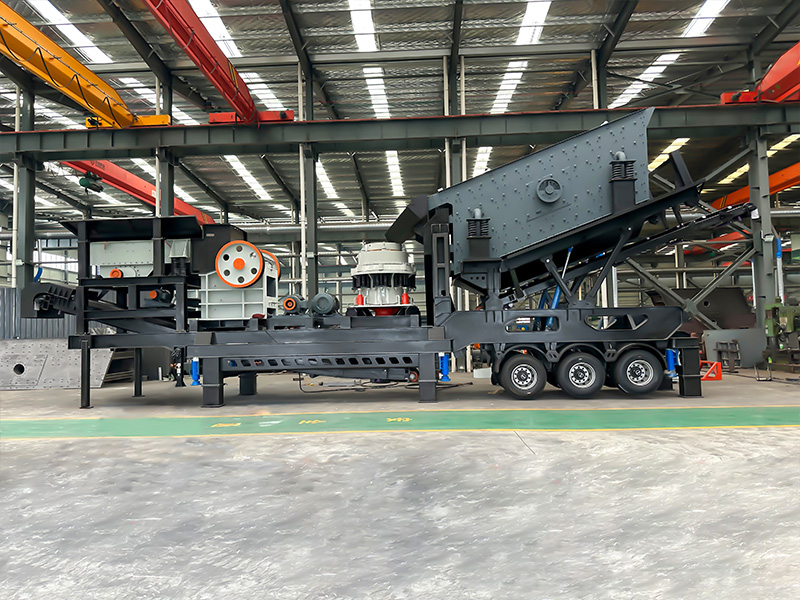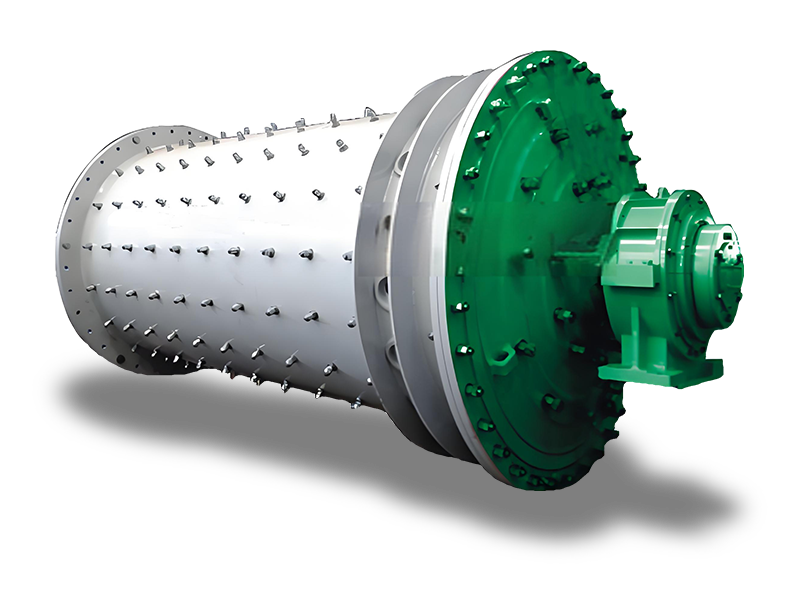(3) Regardless of Crusher Size, Material Prep is Key
No matter if you operate a small rock crusher, or a massive aggregate system you will plug your cruhser. The only thing that changes, is the size of the piece that gets stuck. While it is true that bigger rock crushers take bigger pieces this typically doesn’t necessarly translate into doubling or tripling the ideal feed size.
There is a difference between the inlet opening of a crusher, the resulting theoretical maximum feed size, and the ideal feed size. The biggest problem is when 2 large rocks come together and bridge up causing a blockage at the inlet. Without material prep it is one big gamble until this happens. The ideal feed size reflects the restraints of your small rock crusher and the mix of materials in your shovel.
Preparing and downsizing the material to the ideal feed size for your small rock crusher is critical to achieve a high production and low operating costs.
(4) The Excavator Reach Matters to be Effective
While the size shovel defines the overall feeding pace the reach can affect consistencey. When it comes to rock crushing feeding slow and steady wins the race. Consistency can be achieved through material prep and access to enough material in the close vecinity of the crusher. Typically, the excavator is placed on top of a flat pile and feeds material into the crusher. RUBBLE MASTER small rock crushers can track & crush simultaneously so that you can bring the crusher closer to the pile as you keep feeding the material.
The overall positioning affects also operator safety. With impact crushers you want to place the machine off to the side so that rickocheting stones don’t damage your excavator cab.
(5) Watch the Conveyor Belt at the End and Avoid Overfeeding
Many operators believe that you have to keep the hopper full to be effective. This is not the case – especially with closed circuit rock crushing systems. You want to watch the output side of the crusher to assess if you are feeding correctly. If you keep overfeeding a small rock crusher you limit the pre-screen capabilities, bog down the crusher, and risk a major downtime because of a material blockage.
Novice operators should keep their cab door open to listen to their small rock crusher. You can hear if you start overfeeding the crusher as the RPM drop. Many crushers feature a feed control system that slows down the feeder in case of overfeeding so that the engine can regain its RPM. If the automated controls need to intervene all the time you should seriously consider changing your feed behavior.





































 +8615713843888
+8615713843888
 +8615713843888
+8615713843888